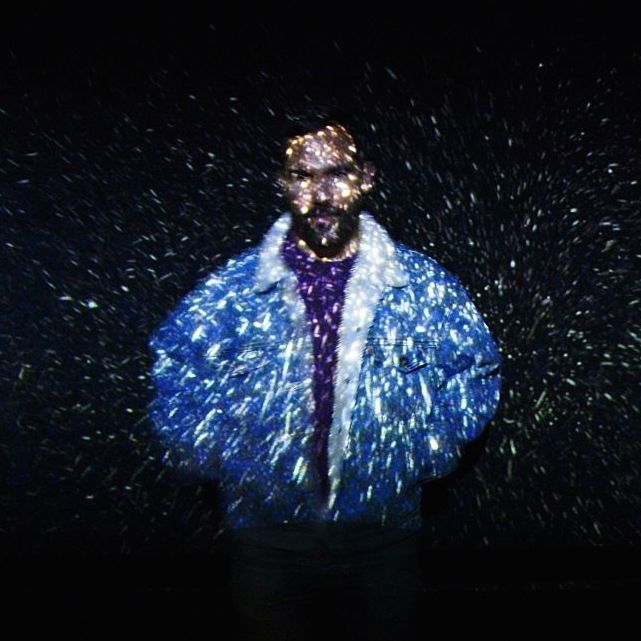PHOTOS & SPANISH VERSION BELOW
Galileo Andrea Maria Chini (Firenze, 1873 – Firenze, 1956) was an Italian decorator, designer, painter, potter, and a prominent member of the Italian Art Nouveau movement or Stile Liberty. His theatrical labour includes sets designs for some Puccini’s operas. Thanks to his work in ceramics, he was awarded at the universal exhibitions in Brussels and St. Petersburg. At Chini Museum visitors can discover a permanent collection dedicated to the works and history of Galileo Chini and his family, as well as temporary exhibitions.
The trail, which naturally begins with an exhibition of masterpieces created via the l’Arte della Ceramica, continues with an in-depth account of the artistic genius of Galileo Chini. In addition to the ceramic works of the Fornaci San Lorenzo (San Lorenzo Kilns), some of the creative media used by the artist are showcased.
The museum is located at the Villa di Rimorelli in Borgo San Lorenzo, in the province of Florence, long owned by the Pecori Giraldi family, from which it was donated to the City in 1979. The large villa has a beautiful Renaissance-style facade topped by a robust crenellated tower. The involvement of the Chini family in the decoration of the villa can be dated back to the mid-nineteenth century. Between 1906 and 1911, Galileo Chini was responsible for the continuation of the complex pictorial arrangement of the entrance hall.
Museo Chini, el legado artístico de Galileo Chini
Galileo Andrea Maria Chini (Firenze, 1873 – Firenze, 1956) fue un decorador, diseñador, pintor, ceramista y miembro destacado del movimiento italiano Art Nouveau o Stile Liberty. Su contribución teatral incluye escenografías para algunas óperas de Puccini. Gracias a su trabajo en el ámbito de la cerámica, fue galardonado en las exposiciones universales de Bruselas y San Petersburgo. En el Museo Chini es posible descubrir una colección permanente dedicada a las obras y la historia de Galileo Chini y su familia, así como exposiciones temporales.
El recorrido, que comienza naturalmente con una exposición de obras maestras creadas a través de l’Arte della Ceramica, continúa con una aproximación más profunda del genio artístico de Galileo Chini. Además de las piezas de cerámica y las obras maestras de Fornaci San Lorenzo (hornos de San Lorenzo), también se exhiben en el recinto algunos de los medios creativos utilizados por el artista.
El museo está ubicado en la Villa di Rimorelli en Borgo San Lorenzo, en la provincia de Florencia, propiedad de la familia Pecori Giraldi, de la cual fue donada a la ciudad en 1979. La gran villa tiene una hermosa fachada de estilo renacentista rematada por una robusta torre almenada. La participación de la familia Chini en la decoración de la villa se remonta a mediados del siglo XIX. Entre 1906 y 1911, Galileo Chini fue responsable de la continuación del complejo arreglo pictórico del hall de entrada.






































